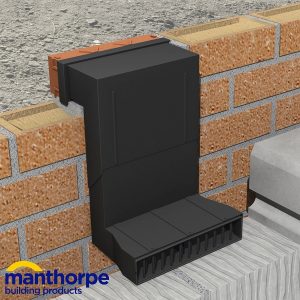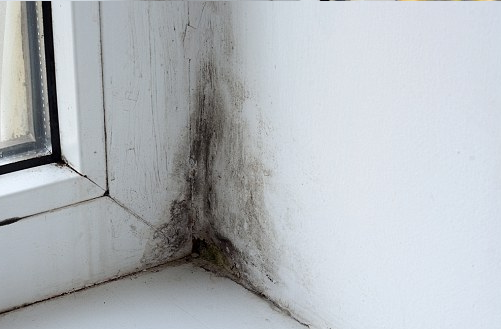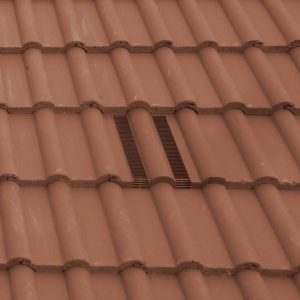If you’re not sure about why roof vents are needed, this guide can explain reasons why installing roof vents is important and more.
Table of contents
- Why install roof vents?
- How to tell when you need to install roof vents in an existing attic space
- How bad is moisture for loft and attic spaces?
- What type of roof vents are available?
Why install roof vents?
Installing roof vents moderates the temperature in an attic or roof space. By preventing a roof space from getting too hot or too cold you reduce the build-up of moisture levels. Allowing the air in a property to circulate keeps the air fresh and reduces the risk of condensation.
 When you install roof vents to combat the risk of condensation, the regulated roof temperature also helps regulate the temperature throughout the property. This can mean lower energy consumption and therefore lower energy bills.
When you install roof vents to combat the risk of condensation, the regulated roof temperature also helps regulate the temperature throughout the property. This can mean lower energy consumption and therefore lower energy bills.
Our trained team of roofing experts are often asked if roof vents are entirely necessary. The short answer is, yes! Some older houses will have plodded along for years without any real ventilation in their loft spaces but if you’re re-roofing it makes sense to consult your roofer about this. This will prevent problems in the future.
Sometimes it’s possible to have changes made to your home which impact the ventilation indirectly. For example, upgrading from double glazing to triple glazing will create more moisture and warmth in the home, meaning that the current vents might not be able to cope. Situations like this can arise from adding more insulation anywhere in the home, fitting new glazing, having a baby or a permanent new resident in the home and rising damp.
How to tell when you need to install roof vents in an existing attic space
In the colder months of the year (especially between November and February) spotting visible signs of condensation on the inside of your roof is an indicator that the roof is not properly ventilated. You may see droplets of water (sometimes known as ‘roof sweating’) or damp patches. You might also notice a musty smell or black mould growing on old clothes or boxes stored in the attic.
Less obvious in the summer or warmer months of the year, you might still notice a strong, ‘lofty’ smell to your roof space.
How bad is moisture for loft and attic spaces?
In a poorly ventilated or unventilated roof, warm air can become trapped. Warm air is easily generated during a normal day of living or working in a building: simple activities including cooking, showering and drying clothes create extra moisture in the air. When this air has nowhere to go, it causes condensation. This has become even more commonplace since people have been insulating their homes better (using insulation, windows etc) without considering the correct ventilation for the age and type of the property.
Condensation can reduce the life expectancy of your roof materials. In the case of loft insulation, condensation can even cause damage (loft roll, for example, can become ineffective if it gets too damp).
In the short term, this can have minimal effect on your day-to-day life but in the long term, you’ll develop damp problems which could amount to rotting timber in the roof and damp leaking through the ceiling. These issues will be flagged in conveyancing when the house is sold.

What type of roof vents are available?
Different types of roof vents are available to help regulate the temperature of your roof depending on the property itself and the type of ventilation required. These include:
- Tile vents (as pictured) and slate vents

- Flat roof vents
- Through-wall extraction vents
- Vent turbines
- Lead ventilators
- Circular/round soffit vents
- Continuous soffit vents
- Fascia vents
- Felt lap ventilators
- and more
If you are experiencing ventilation issues in your property, we recommend speaking with a professional roofing contractor. A competent roofer will advise you on how to optimise the ventilation in your roof, without adding too much (if you install too many roof vents or the wrong type of ventilation, this can make your roof more vulnerable to leaking). Their advice will be specific to your property.
Roofing Superstore’s full range of roof vents can be found here.
Looking specifically for turbine vents? Find out how many turbine vents you need using our guide.










